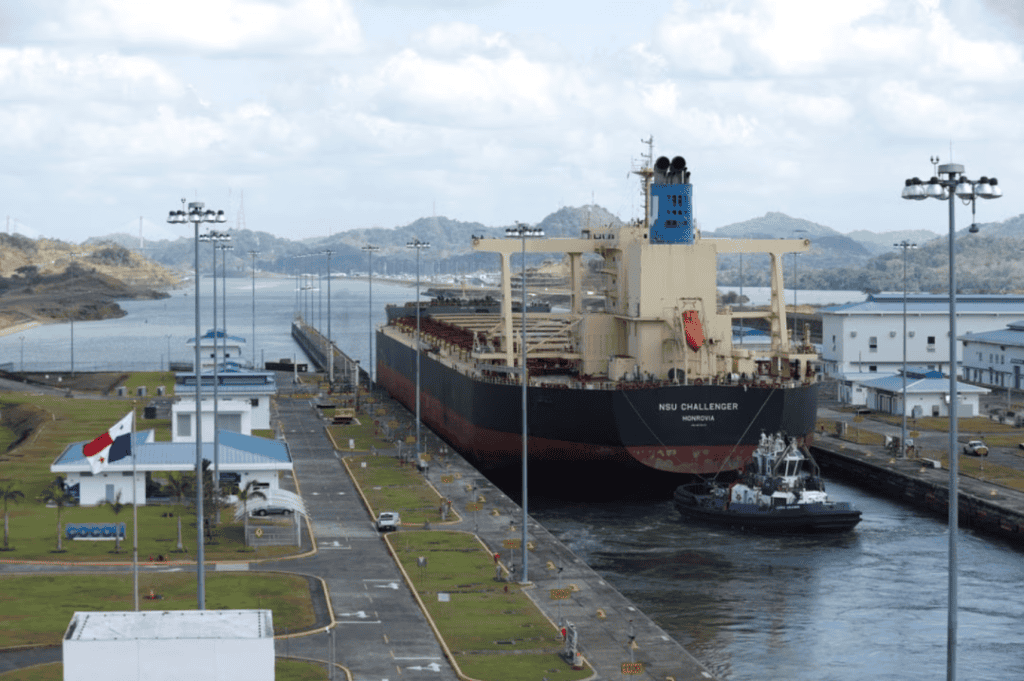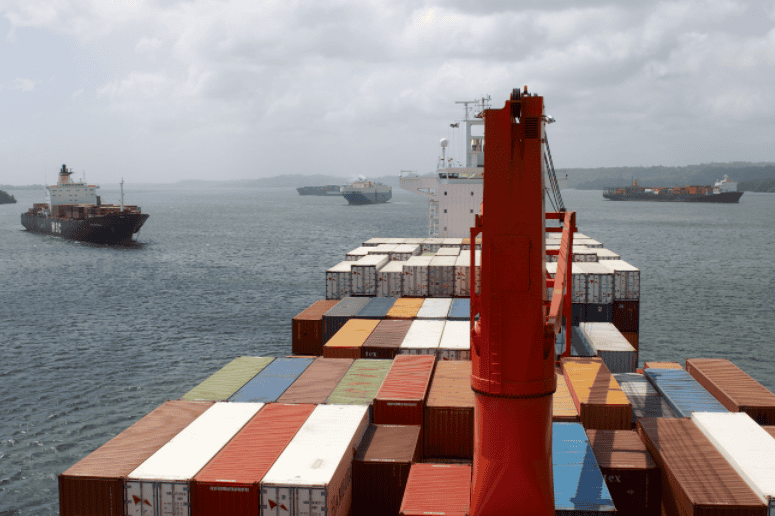According to a report from Reuters, on October 30th, the Panama Canal Authority announced that due to severe drought, the Panama Canal will further reduce vessel transit capacity in the coming months.
The Panama Canal, located in Central America, connects the Atlantic and Pacific Oceans and is one of the world’s vital maritime passages.

In recent months, the Panama Canal Authority (ACP) has implemented various transit restrictions to protect scarce water resources. The canal management previously declared vessel restrictions starting from July 30th due to ongoing drought but did not specify the end date for these restrictions.
The ACP stated that the artificial lake in Panama and the main rain reservoir, Gatun Lake, have reached unprecedented low levels in 2023.

The ACP mentioned that the recorded precipitation in October 2023 was the lowest since 1950 (41% lower than 1950), making 2023 the second-driest year since 1950. The drought in the Panama Canal is attributed to the El Niño phenomenon, which has caused high sea temperatures in the eastern tropical Pacific Ocean.
An analysis report from the U.S. Energy Information Administration emphasized that the reduction in transit delays at the Panama Canal has decreased the number of available vessels worldwide, leading to higher shipping costs in other regions.

The report also indicates that some natural gas transporters in Panama have experienced historically high transit delays, increasing the cost of transporting liquefied gas from the United States.

Welcome to CHINA VAST GROUP, a distinguished enterprise established in 2005. As a leading supplier in China, we specialize in international logistics and trade with a commitment to innovation, mutual benefit, and win-win partnerships. We operate through four principal divisions: CHINA VAST LOGISTICS CO., LTD., WELLUCKY INTERNATIONAL TRADING CO., LTD., VASTFORTUNE STORAGE AND TRANSPORTATION CO., LTD. and VASTREACH SUPPLY CHAIN CO., LTD. Each dedicated to excellence in their fields.
